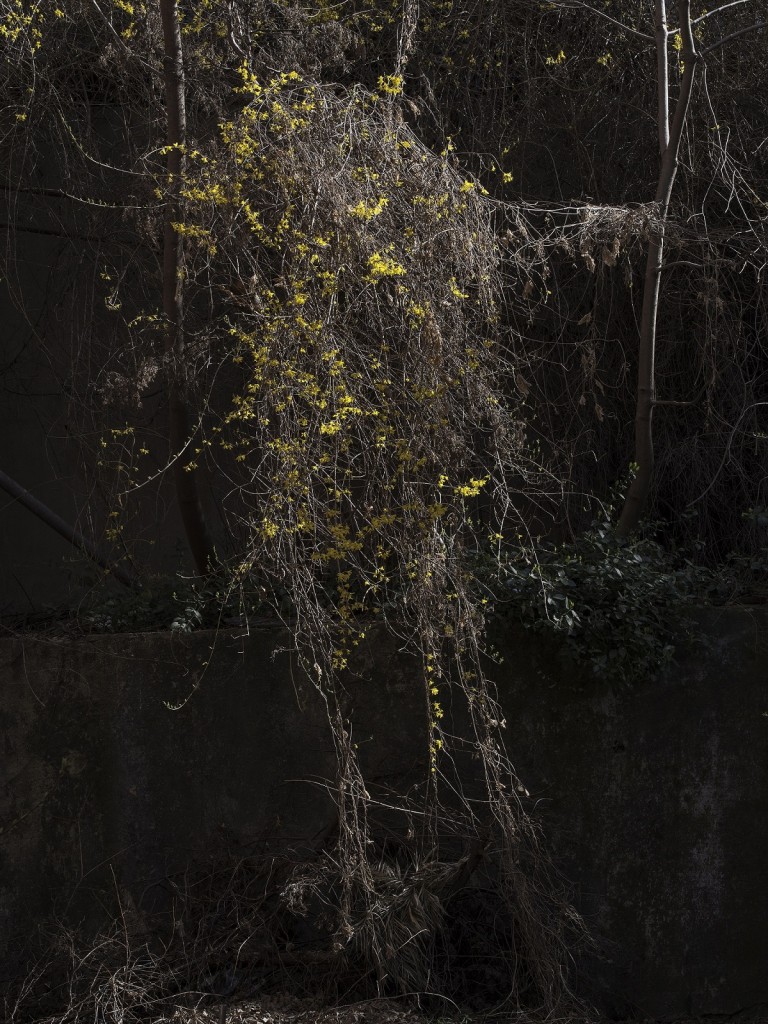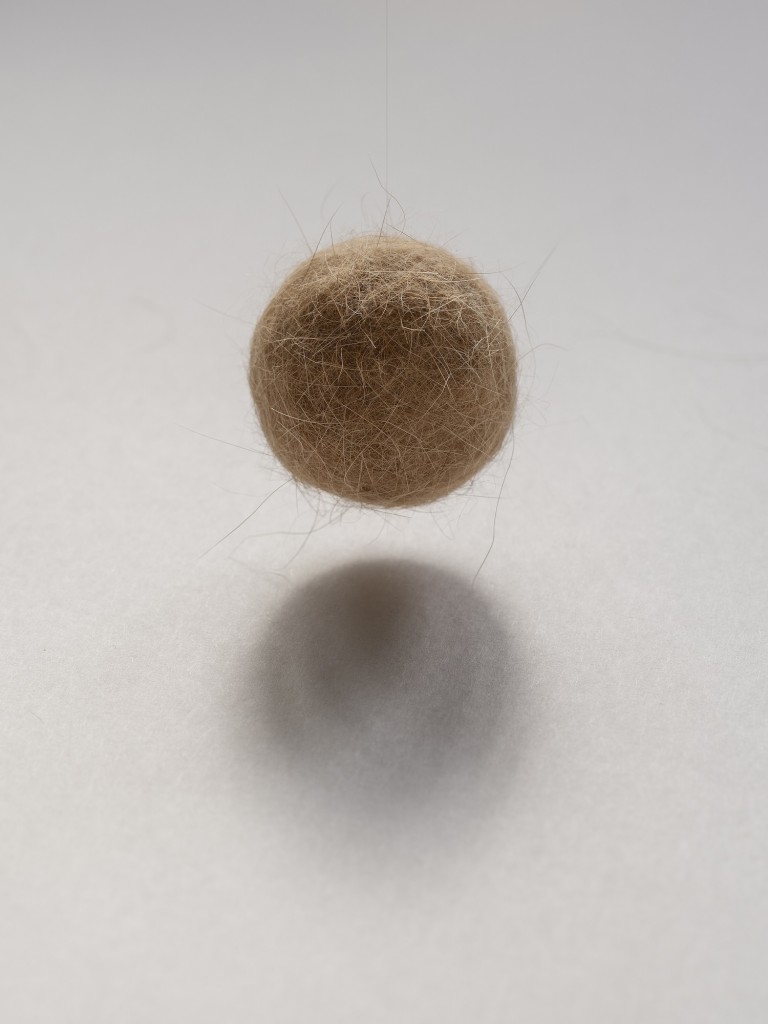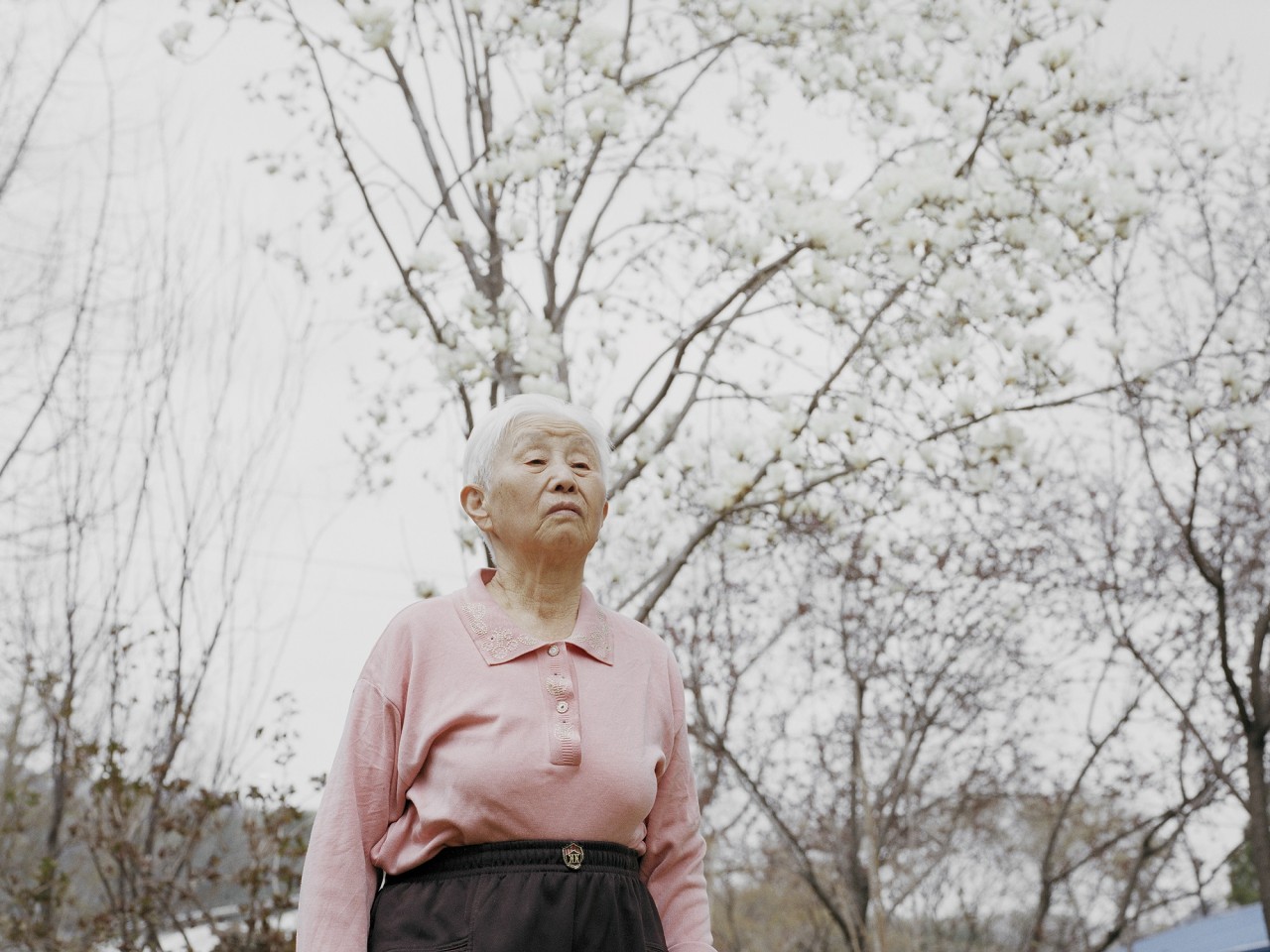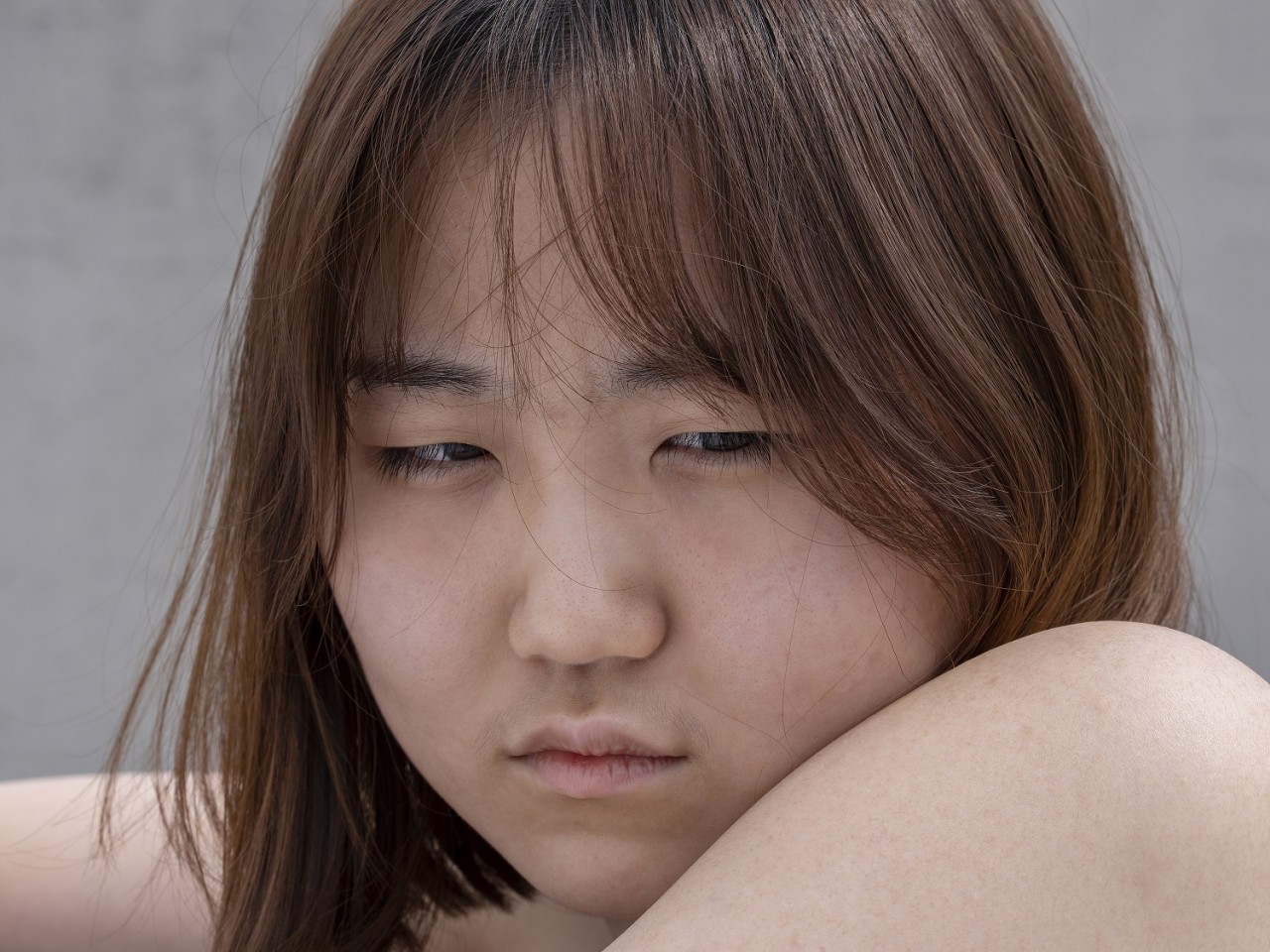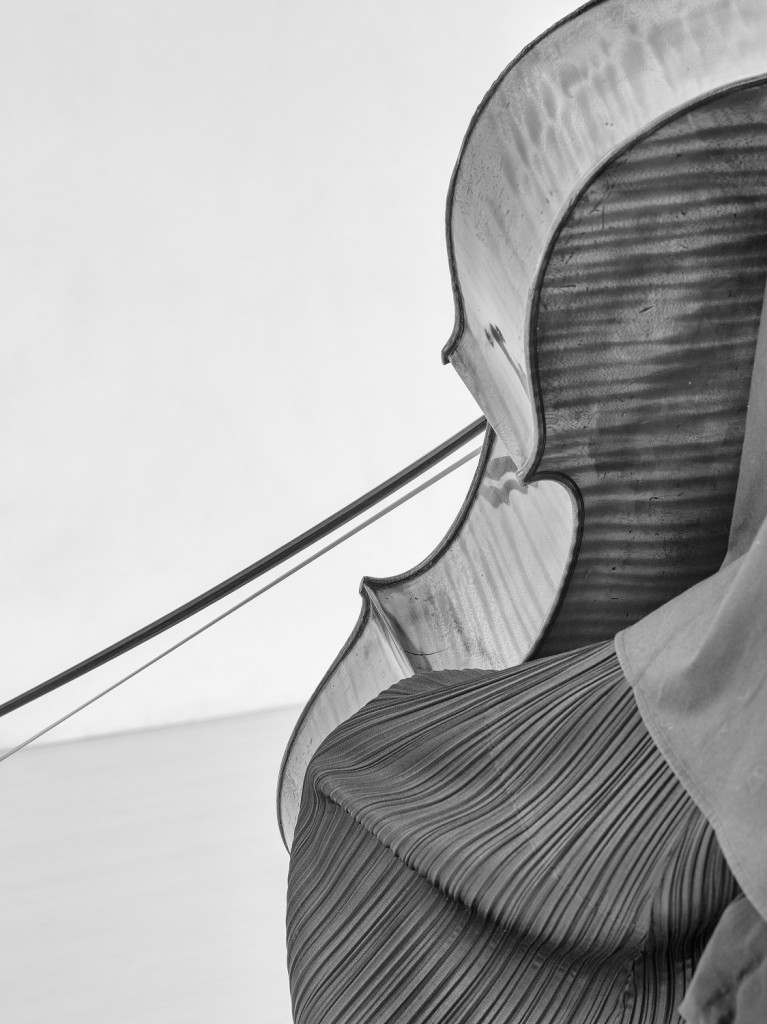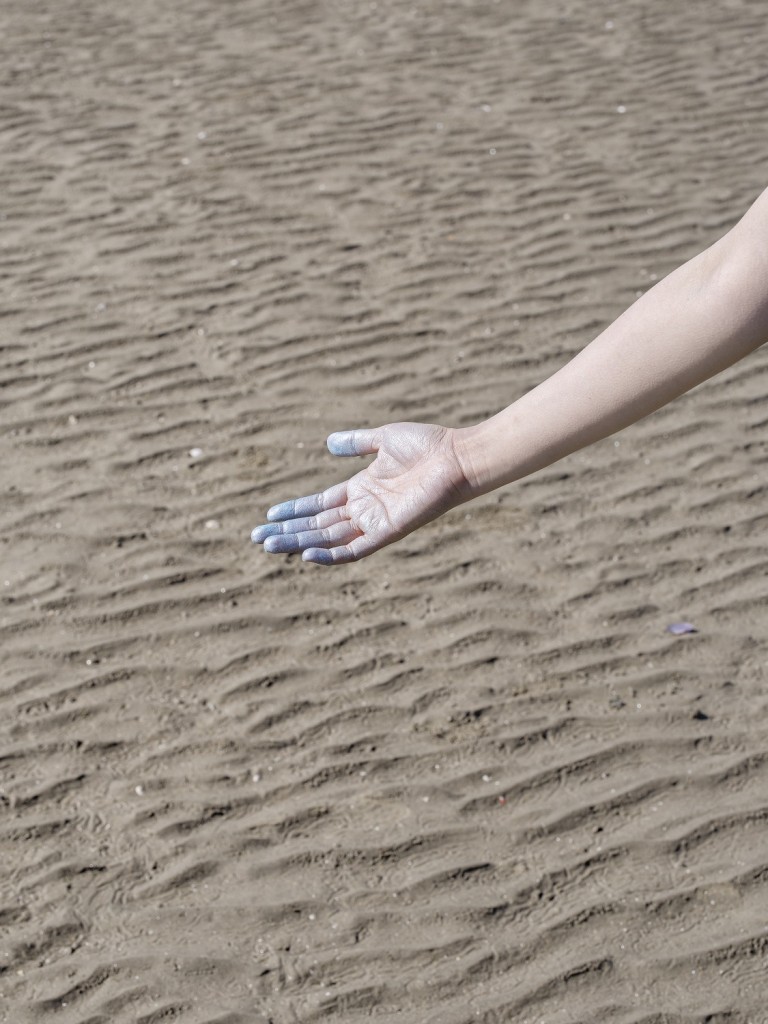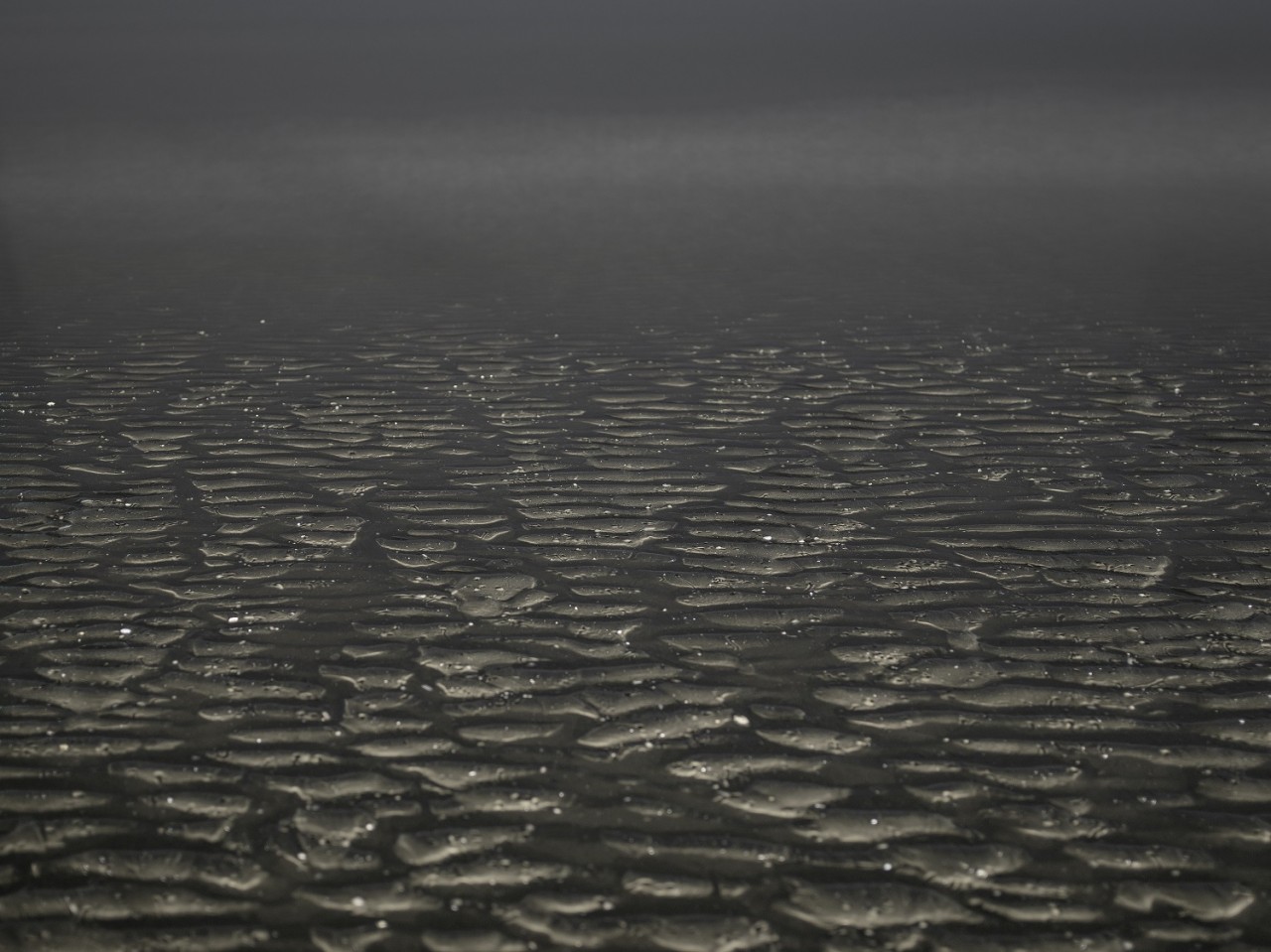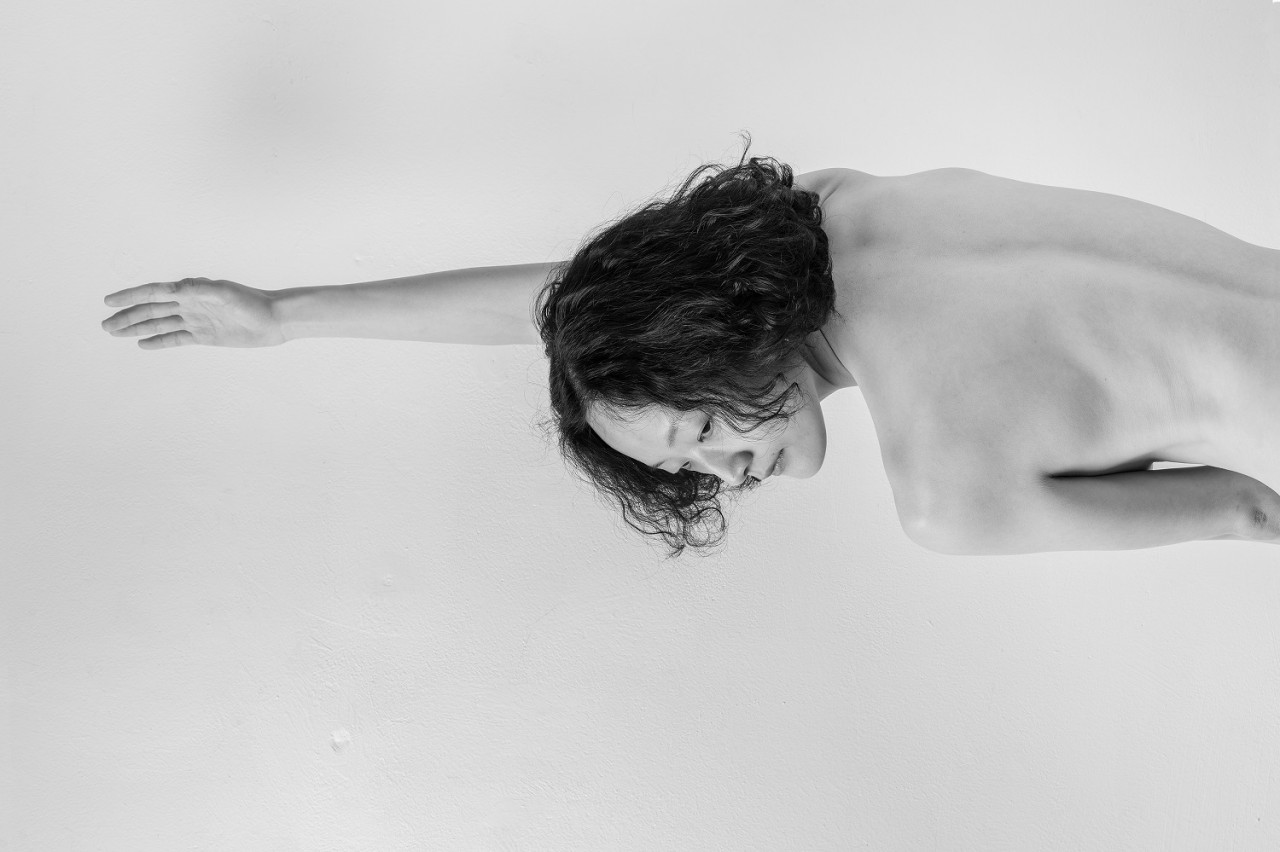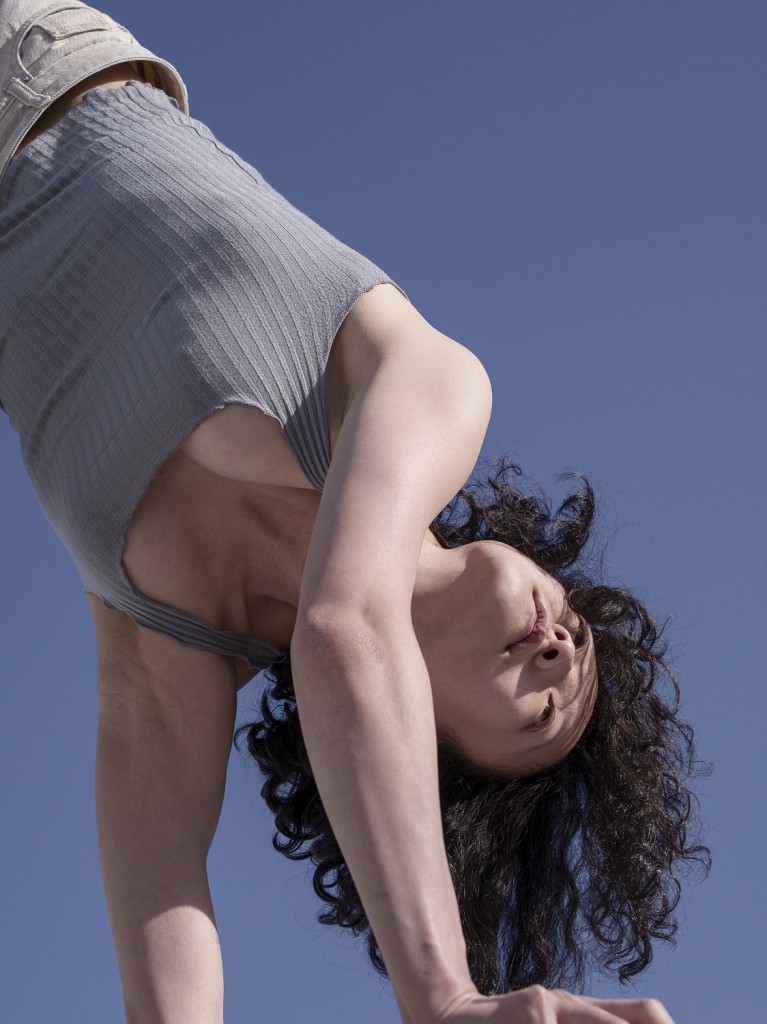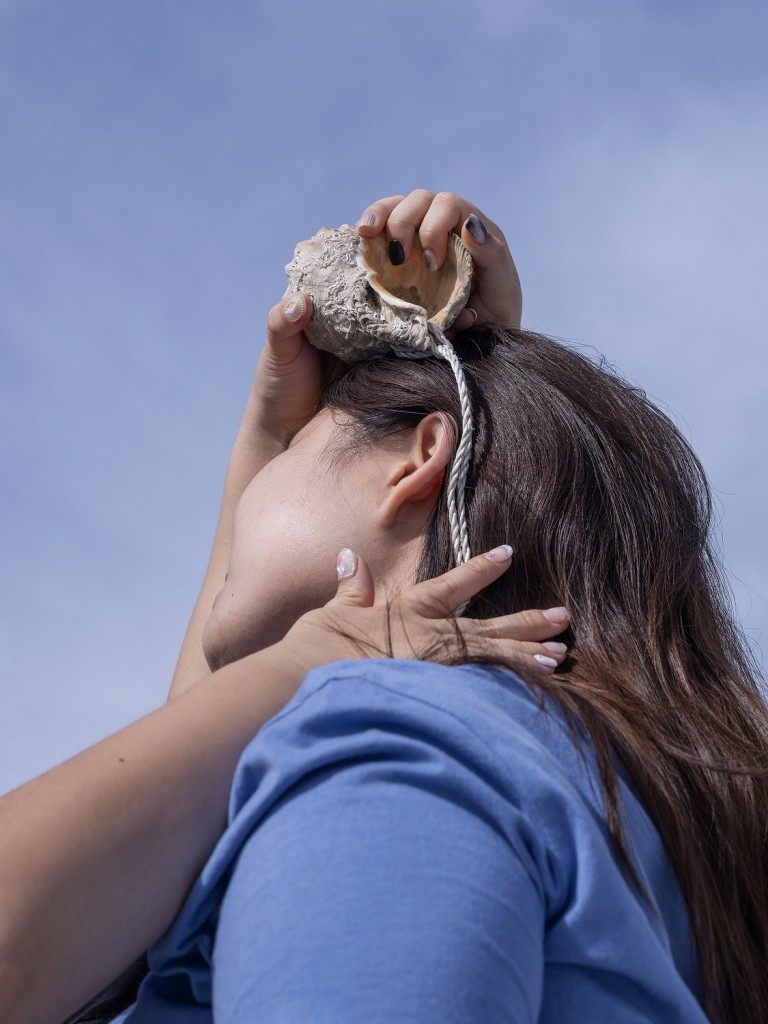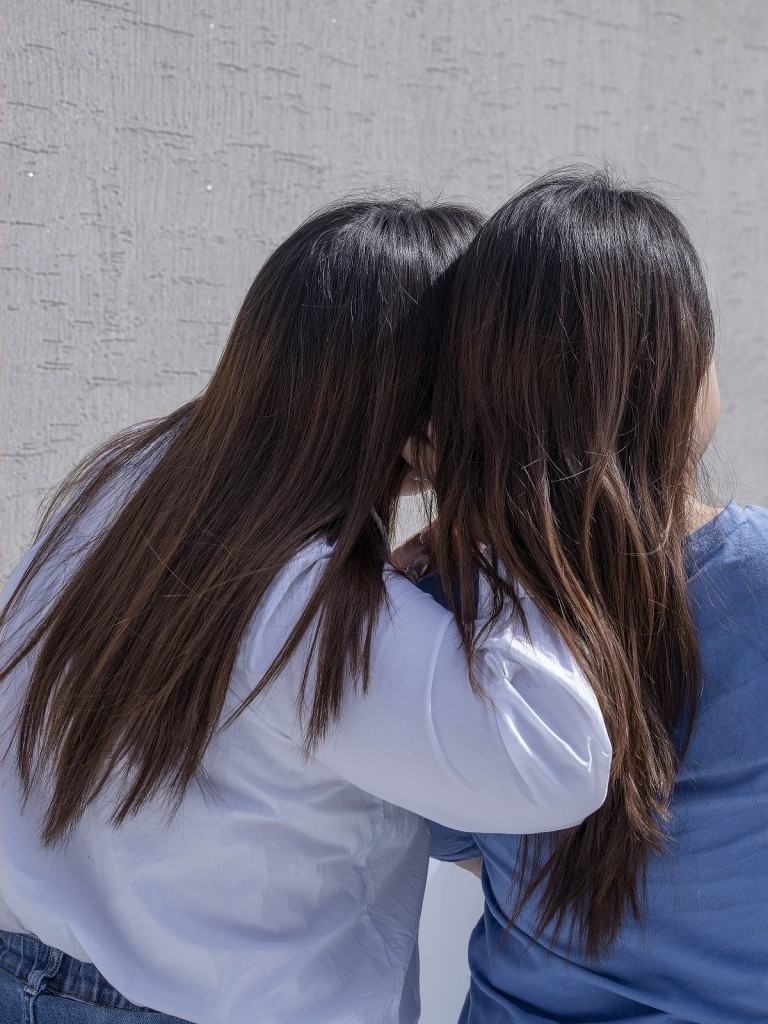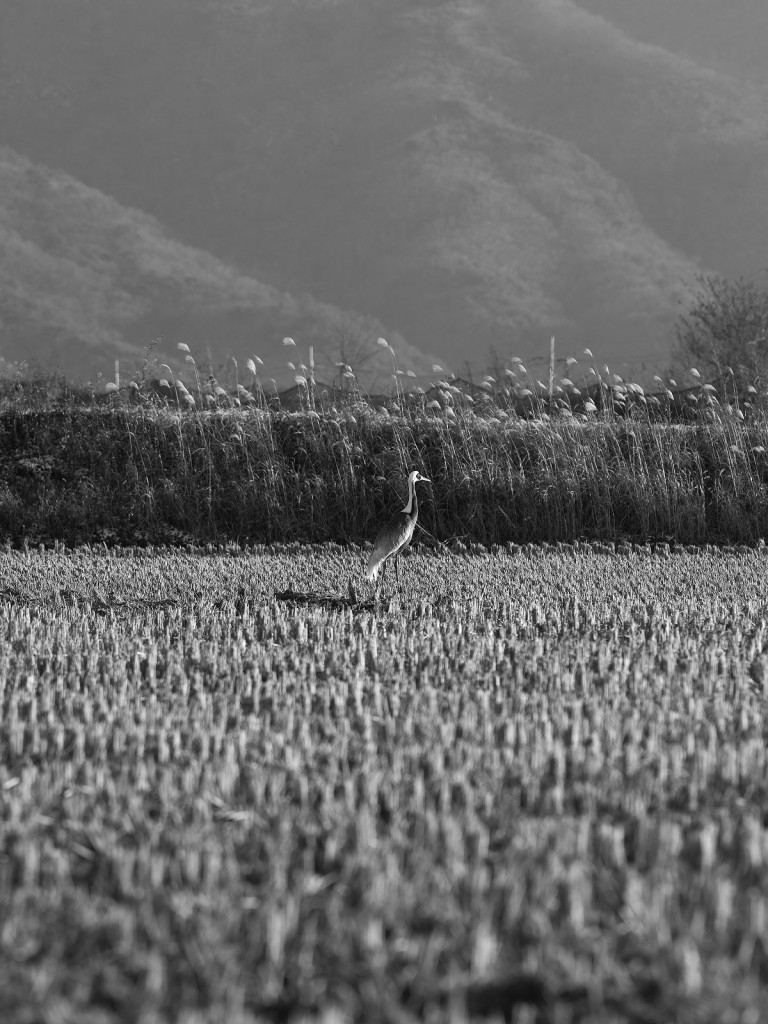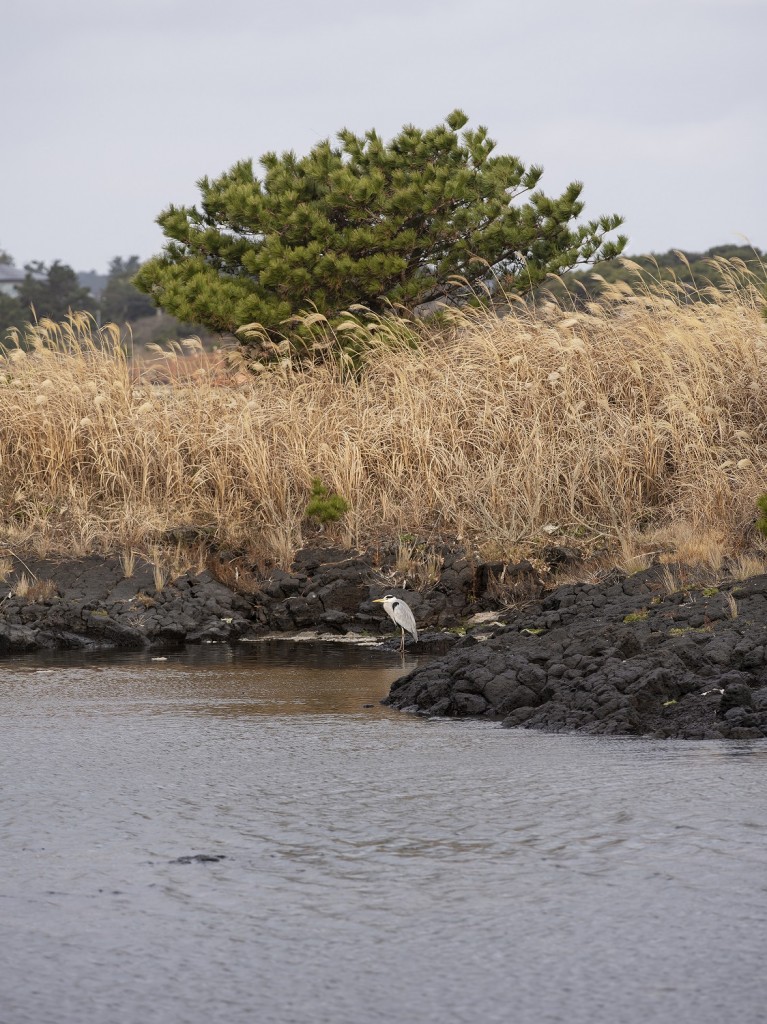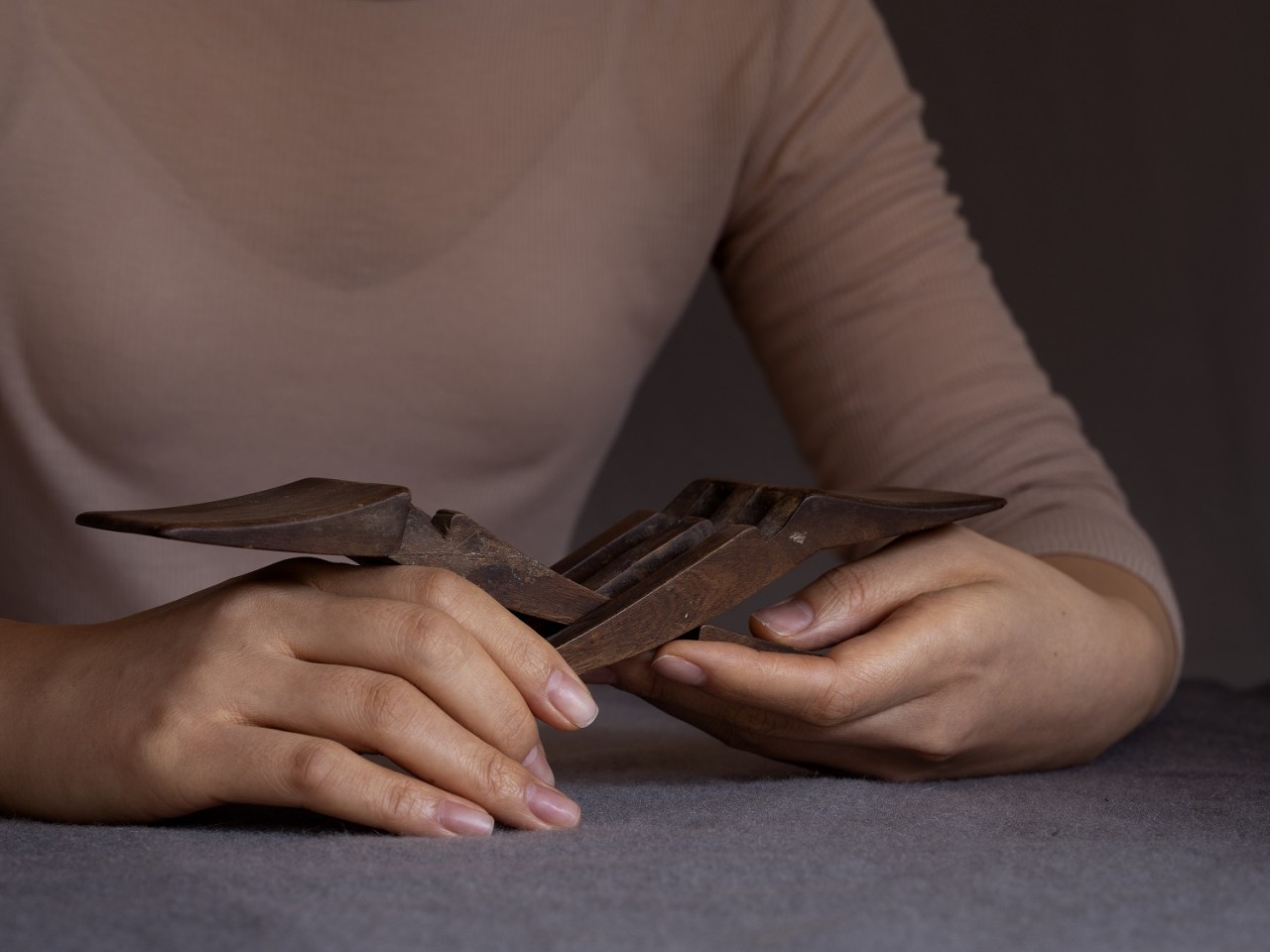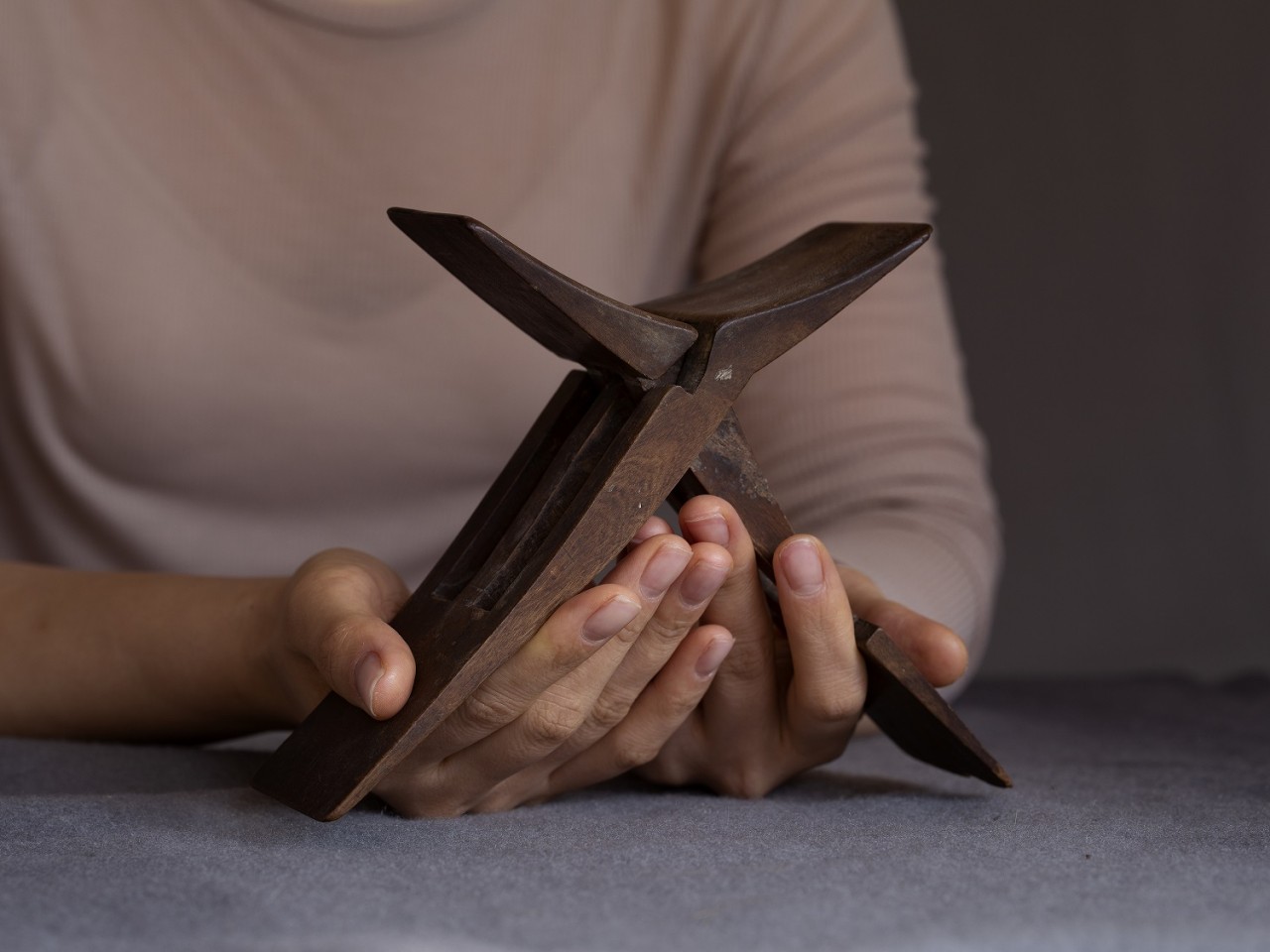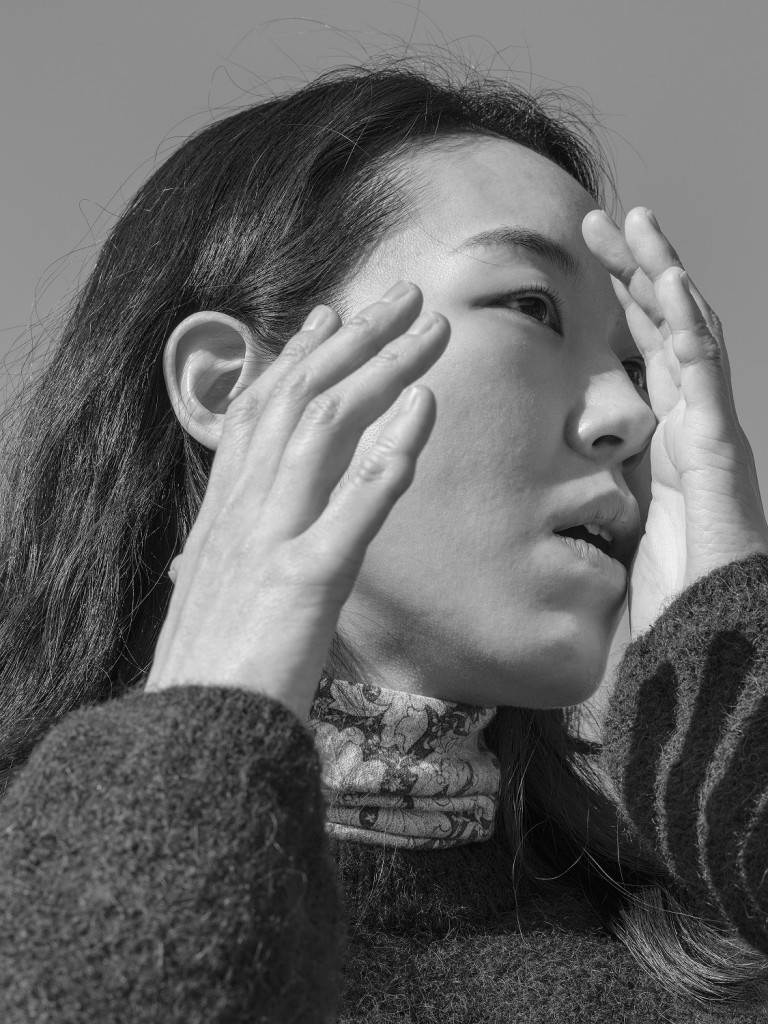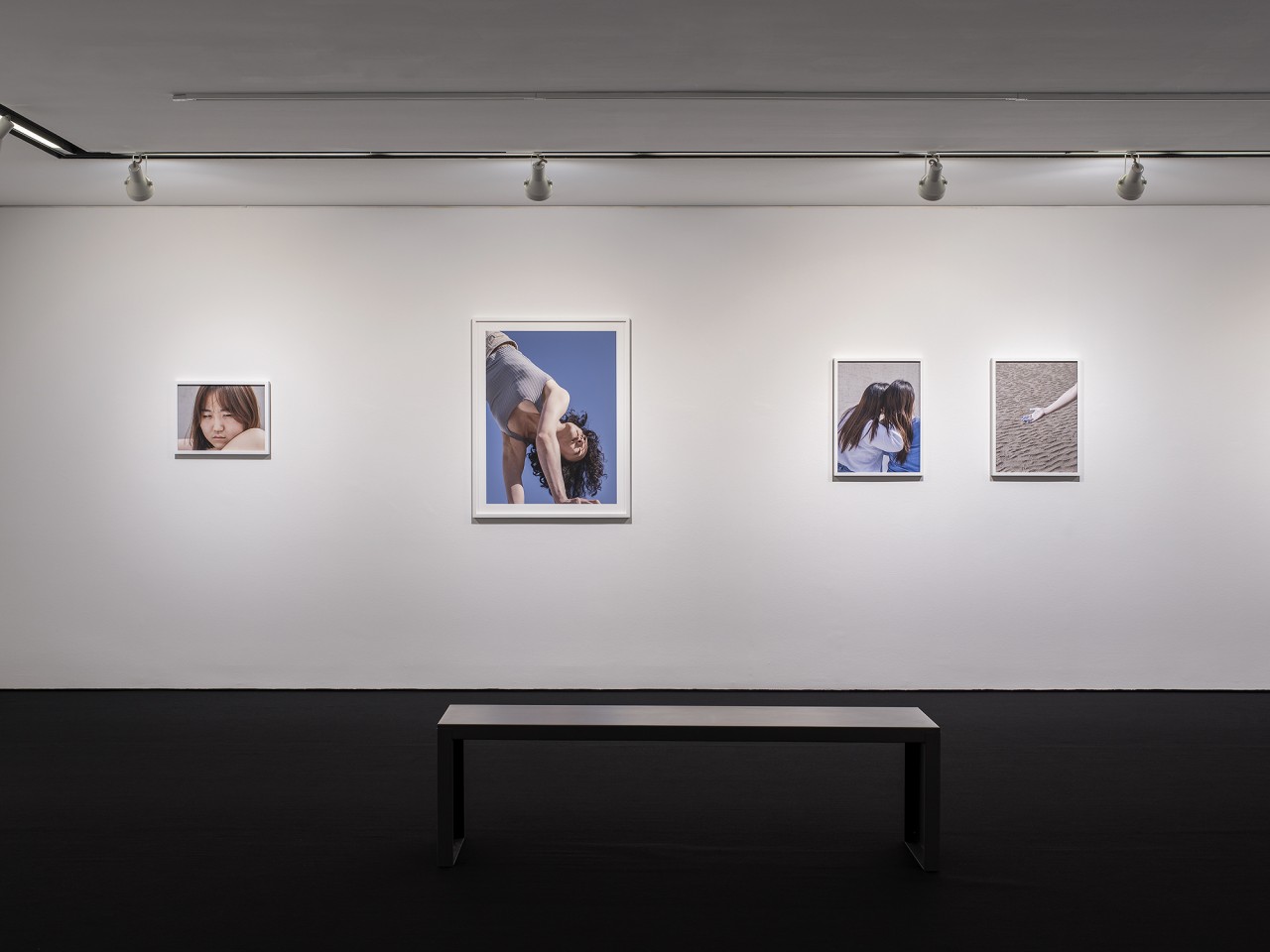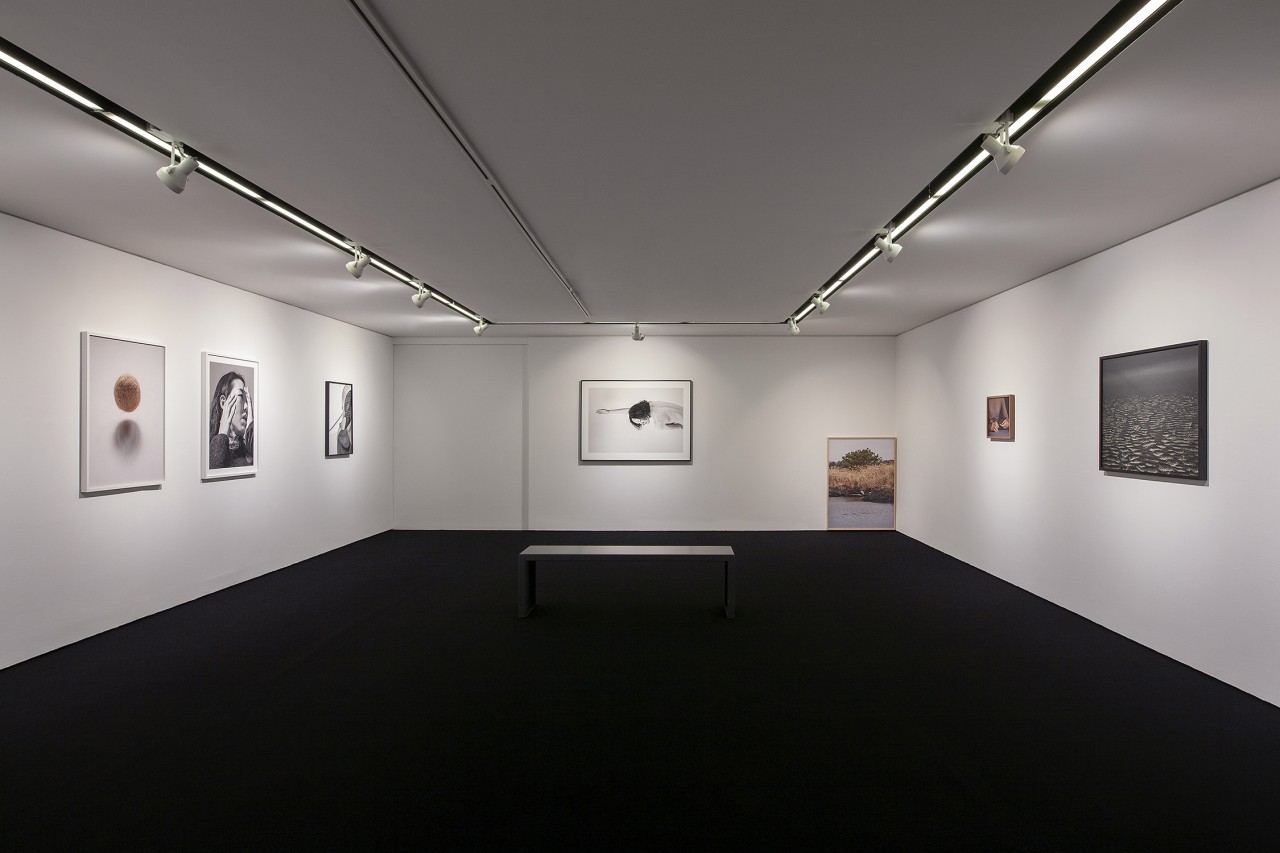Exhibitions
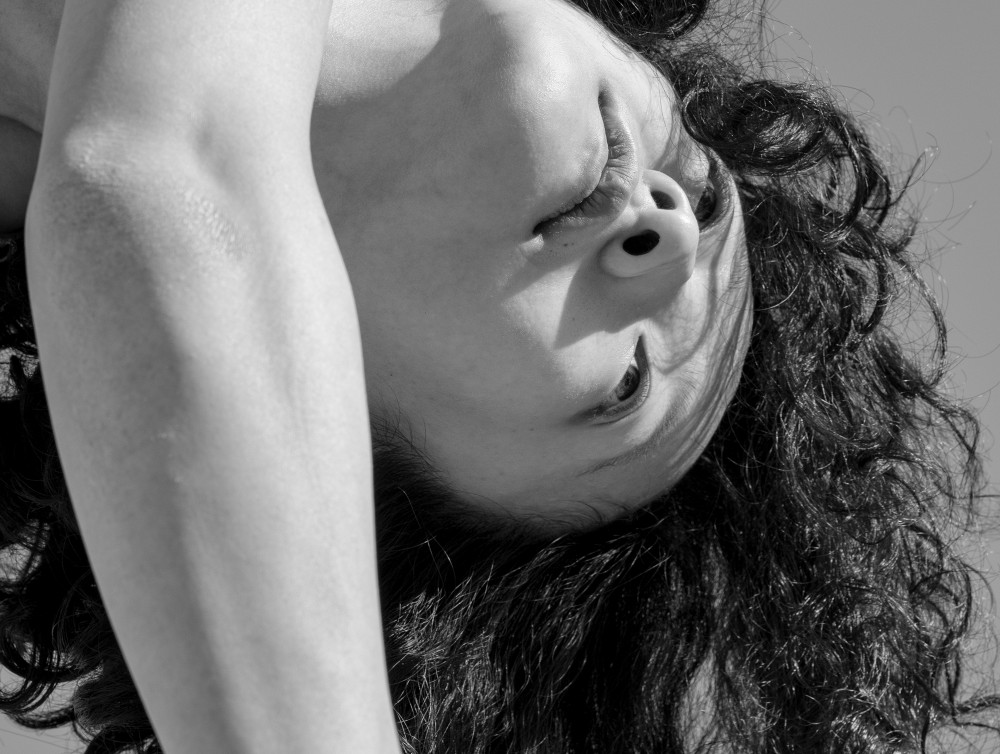
PERIGEE ARTIST #27 전명은
내가 안고 있는 겨울
2022.03.11. FRI ~
2022.05.07. SAT
<너와 내가 있는 공간>
신승오 (페리지갤러리 디렉터)
전명은은 자신이 마주하는 대상을 통해 본다는 것은 무엇인지에 대해 끊임없는 질문을 던지는 작가이다. 그는 자신이 바라보는 특정한 대상에서 발견되는 요소들을 함축된 형태나 모습으로 그 이면에 존재하는 다층적인 의미들을 사진을 통해 드러내는 작업을 해오고 있다. 작가에게 이러한 작업은 하나의 결과물로서의 사진이 아니라 사진을 찍기까지 다양한 사람들과 사물 그리고 풍경에 익숙해지면서 그 거리를 좁혀나가는 과정에서 자연스럽게 나타나는 것을 담아내는 행위이다. 따라서 그의 작업은 시간을 하나의 공간으로 인식하고 있는 작가의 태도를 고스란히 보여준다. 이번 전시 《내가 안고 있는 겨울》에서는 여러 인물과 사물, 동물이 등장한다. 언뜻 보았을 때 아무런 연관성이 없어 보이는 이들을 통해 작가는 무엇을 이야기하려 하는가? 개별 작품은 1월에서 12월까지 달의 이름을 가지고 있고, 전시 제목은 겨울이라는 이름을 가지고 있지만 이것이 시간을 원래의 의미로 사용하는 것인지 물성을 가진 사물로 보고 있는 것인지 모호하다. 어찌 되었든 이 전시는 계절과 달이라는 시간과 관련된 이름을 가지고 있고, 겨울을 지나 다시 찾아온 봄에 시작한다. 그렇다면 작가는 왜 시간을 강조하게 되었을까? 몸으로 감지할 수 있는 가장 대표적인 시간의 흐름은 공기의 분위기가 달라지게 되는 계절의 변화이다. 그러나 계절의 변화는 명확하게 그 경계를 구분하여....
Space You and I Inhabit
Seung Oh Shin (Director of Perigee Gallery)
Eun Chun keeps questioning what the artist sees through the objects she faces. Chun has done photographic works capturing elements found in a specific object in connotative form and unveiling its multipronged meanings. To the artist, this work is not a photograph as an outgrowth but is an action of featuring what naturally appears in the process of closing the distance as she becomes accustomed to a variety of people, things, and scenes. Accordingly, her work shows her perception of time as a space. This exhibition Winter in My Arms brings together a wide array of figures, objects, and animals. What does the artist try to touch on with them that do not seem to correlate at first sight? Each piece is titled with the months from January to December and the exhibit title includes the word ‘winter’. It’s somewhat vague if she adopts such titles for their original meaning referring to a certain period of time or sees them as objects with some physical property. Regardless, this exhibition has a time-related title and will begin in spring. So, why....
신승오 (페리지갤러리 디렉터)
전명은은 자신이 마주하는 대상을 통해 본다는 것은 무엇인지에 대해 끊임없는 질문을 던지는 작가이다. 그는 자신이 바라보는 특정한 대상에서 발견되는 요소들을 함축된 형태나 모습으로 그 이면에 존재하는 다층적인 의미들을 사진을 통해 드러내는 작업을 해오고 있다. 작가에게 이러한 작업은 하나의 결과물로서의 사진이 아니라 사진을 찍기까지 다양한 사람들과 사물 그리고 풍경에 익숙해지면서 그 거리를 좁혀나가는 과정에서 자연스럽게 나타나는 것을 담아내는 행위이다. 따라서 그의 작업은 시간을 하나의 공간으로 인식하고 있는 작가의 태도를 고스란히 보여준다. 이번 전시 《내가 안고 있는 겨울》에서는 여러 인물과 사물, 동물이 등장한다. 언뜻 보았을 때 아무런 연관성이 없어 보이는 이들을 통해 작가는 무엇을 이야기하려 하는가? 개별 작품은 1월에서 12월까지 달의 이름을 가지고 있고, 전시 제목은 겨울이라는 이름을 가지고 있지만 이것이 시간을 원래의 의미로 사용하는 것인지 물성을 가진 사물로 보고 있는 것인지 모호하다. 어찌 되었든 이 전시는 계절과 달이라는 시간과 관련된 이름을 가지고 있고, 겨울을 지나 다시 찾아온 봄에 시작한다. 그렇다면 작가는 왜 시간을 강조하게 되었을까? 몸으로 감지할 수 있는 가장 대표적인 시간의 흐름은 공기의 분위기가 달라지게 되는 계절의 변화이다. 그러나 계절의 변화는 명확하게 그 경계를 구분하여 시작되고 종료되는 것이 아니라 불명확하게 서로에게 스며들듯이 찾아온다. 분명 계절은 시간에 대한 구분이지만 우리의 경험에 비추어보면 시간은 나의 장면을 형성하는 풍경이라는 경험의 공간으로 기억되게 만든다. 그렇기에 이번 작품에 사용된 제목들은 작가가 지난 1년 동안의 시간을 하나의 공간으로 바라보고 자신의 주변에 존재하는 것을 통해 인식된 것들을 새롭게 재구성하고 있음을 암시하고 있다. 물론 그 공간 안에는 그것을 명확하게 인지하게 만드는 다양한 요소들이 있다. 이렇게 우리가 무엇인가를 인식한다는 것은 자신을 중심에 두고 주위를 둘러보며 다른 것들을 깨달아 나가는 것이다. 이는 과거나 현재 그리고 미래에 내 삶의 가장 깊숙한 부분에서 관계를 맺고 있는 부분을 공유하는 상황에서 드러나며, 나를 포함한 다양한 존재들로 이루어진 시공간에서 나타난다.
작가에게 있어 이와 같은 시공간에서 마주하게 되는 대상은 주로 인물과 사물 그리고 자연의 풍경이다. 아마도 Covid-19로 인해 직접적인 만남이 줄어드는 변화된 환경은 작가에게 있어 타자와의 만남과 관계 형성에 대한 생각을 재정립하게 만드는 요인이 되었을 것이다. 이제 그가 담아낸 여러 대상 중에 인물에 초점을 맞추고 살펴보자. 인물이든 사물이든 이를 작업에 담기 위해서는 그들과의 만남과 대화를 통해 교감하여야 하고, 그렇기에 그만큼의 시간이 필요하다. 사실 인물 사진에서 대상이 되는 존재를 명확하게 포착하고 순수하게 그 이면의 의미를 드러내는 것은 어렵다. 이는 특정한 대상을 촬영하는 것이 피사체가 되는 인물이나 사물에 ‘나’를 중심으로 하는 시선을 가지게 하며 결국 주체적 관점이나 ‘나를 통해 느껴지는 감각만을 남기기 때문이다. 그렇기에 사진을 찍어 대상을 표현하는 행위에서 그들의 존재를 ‘나’에게서 분리하는 것 또한 불가능한 일일 것이다. 그러나 이번 작업은 단순히 인물사진으로 보기에는 조금은 다른 결이 보인다. 우선 명확하게 인물의 성격이나 직업과 감정 같은 기본적인 정보를 찾아내기 힘들다. 그렇다고 작가가 새로운 경험을 접하게 되면서 발생하는 순간적인 감정의 표출이라고 보기도 어렵다. 오히려 그의 작업에서 보이는 것은 인물이라는 명확한 이미지로 나타나지만 ‘나’와 그들 사이의 거리, 빛과 같은 비물질적이고 비가시적인 요소들이 가득한 장면을 담아내고 있다. 그중 눈에 띄는 것은 인물이나 사물에서 당연히 드러나면서도 대상의 밑으로 숨겨져 작업 전반에 흐르고 있는 빛이다. 작가가 1월부터 12월까지 매 달을 작품의 제목으로 삼은 것에서 알 수 있듯이 우리는 바로 그 시간에 공간을 채웠던 빛을 온전히 담고 있는 인물들을 보게 된다. 이러한 점은 이전 작업인 <누워있는 조각가의 시간>에서처럼 어떤 사물에서 그것과 접촉한 이전의 존재들의 흔적을 발견하는 것과 유사하다. 그의 작업에서 빛은 자연스럽게 이미지에 드리워져 있기에 전체적인 사진 속 평면적 공간을 아우르는 공기의 흐름을 보여준다. 따라서 그의 작업에서의 빛은 다양한 감각들로 느껴지는 가장 기본적인 요소이며, 이미 우리에게 흔적을 남겨놓았지만, 발현되지 않은 상태의 것들을 재생시키는 역할을 한다. 이렇게 그의 인물 사진은 자신과 타자 그리고 이를 포함한 세상 전체를 관통하는 생동하는 다양한 흐름과 진동을 가시화하는 과정으로 볼 수도 있다. 사물과 풍경을 담은 다른 작품도 이와 다르지 않다.
이제는 전시장의 전체 구성으로 돌아와 보자. 전시되는 작품들은 서로 어떤 직접적인 연결고리가 보이지 않고 파편적인 느낌을 준다. 하지만 이러한 배치는 우리가 경험을 재구성하는 방식과 유사하다. 우리가 접하는 것들은 비정형적으로 교차하는 시간의 흐름을 통해 때로는 느슨하고 때로는 정교하게 연결되며, 연속적인 동시에 일시적인 계기에 의해 단편적으로 생성된다. 이는 구체적인 서사에 기인하기도 하지만 그날의 날씨, 분위기와 같은 비가시적인 요소들로 강하게 인식되기도 한다. 이와 같이 작가가 주목하는 것은 특별하게 초점이 맞추어진 대상이 아니라 시간이 이미지화되는 공간이다. 따라서 그의 작업에서 구체적이고 세밀한 서사 구조를 아는 것은 그리 중요하지 않다. 우리가 그의 작업에서 읽어내야 하는 것은 인물들의 직업이나 나이 성별, 작가와의 친분과 성격 같은 정보가 아니라 이들이 작가와 함께 촬영을 하면서 서로 만들어 내었던 공기, 다시 말해 그 장소가 가지고 있었던 흐름이며, 이를 느끼기 위해서는 관객 자신에게 내재되어 있는 여러 감각들에 대한 경험이 필요하다. 이는 작가와 작품, 관객이 전시장 안에서 또 다른 시간을 교차시키고 새로운 공간적 경험을 통해 관객과 소통하기 위한 작가의 의도이다. 또한 작가는 촬영하는 대상과의 관계에서 멀리 있는 것은 멀리, 가까운 곳에 있는 것은 가깝게 거리를 유지하여, 무리해서 그 간격을 좁히지 않는다. 이렇듯 작가가 거리를 적절하게 유지하면서 대상과 소통하였던 것처럼 이번 전시에서 관객은 작품과의 자신만의 거리를 스스로 느끼는 것이 중요하다.
지금까지 살펴본 바와 같이 작가가 주목하는 것은 다른 종류의 시공간에서 존재하는 것들이 조우하게 되는 순간 그리고 그 대상과 거리를 넓히거나 좁혀나가는 과정 그 자체이다. 물론 이는 대상을 파악하기 위해서 사용하는 평범한 접근 방식으로 보일 수도 있다. 하지만 여기서 작가의 문제의식은 과연 카메라 렌즈를 통해 대상의 이면에 존재하는 비가시적인 감정과 교류의 흔적을 담아낼 수 있는가에 대한 것이다. 왜냐하면 카메라의 프레임은 머리로 이해할 수 없는 것, 시각에 의해 발견되지 않는 것들과 발견될 수 없는 것을 배제하기 때문이다. 위에서 언급한 것처럼 자율적인 것처럼 보이는 우리의 현존의 주체성은 다양한 관계를 통해 형성되어 나간다. 이는 나와 직접적으로 관계되지 않는 것과 우리와는 다른 생명체 혹은 살아있지 않은 존재를 포함하는 이야기이다. 우리가 살아가는 세상은 어떤 결과물로서의 고정된 것이 아니라 과정들로 이루어져 있다. 인간관계에서도 ‘나’와 ‘그’ 사이의 연결은 계속 진행되어 새로운 것을 생성하는 움직임의 일시적 결과이다. 작가가 그 과정을 포착하여 기록한 것처럼 보이는 사진은 대상이 그곳에 같이 존재했던 대상과 나와의 관계에 의해 자연스럽게 어떤 이미지가 발생하는 과정을 알려줄 뿐이다. 그렇기에 그가 자신의 주변의 인물과 사물의 사진에 담고자 하는 것은 그들이 포함하거나 포함하지 못한 것을 고스란히 담아내기 위한 행위이다. 이는 카메라의 프레임 너머에 있는 그들이 오히려 나를 인식하는 관계를 의식하는 것으로 그들과의 수평적 위치를 회복하기 위함이다. 하나의 객체인 대상은 ‘나’라는 주체와는 관계없이 존재하며 의미를 생성하는 또 다른 주체이다. 이렇게 본다면 그가 이번 작업을 통해 보여주는 것은 서로에게 연결되어 있는 복잡한 관계성에 대한 서사에서 발생하는 의미가 아니라 개별의 요소들이 각자의 의미를 가지는 주체성에 근거한 시공간을 의미한다. 이는 ‘나’의 내부에서 시작되지만 타자인 객체에 의해 촉발되는 것들이 얽힌 서로를 동일한 주체로 바라보는 과정으로 볼 수 있다. 작가에게 이러한 동등한 주체로서의 대상은 언어적 소통이 불가능한 하나의 사물일 수도 동물 혹은 식물일 수도 있다. 그는 온전히 자신과 관계하는 모든 것들을 수평적인 시선에 위치시키기 위해 비시각적인 감각이 응축된 시공간을 구축하는 것이다. 이러한 과정을 통해 계속해서 생성되는 상호적인 경험은 그가 사진 작업에서 외부의 대상과 다름을 인식하는 것이 아니라 서로가 바라보는 동일한 선상에서 나와 연결된 일시적 순간인 것이다. 이렇게 그의 평면적인 사진은 이러한 것을 가능하게 하는 생기 넘치는 동적이면서도 정적인 입체적인 공간이 되어간다.
결국 이번 작업은 전명은이 자신과 나란히 마주치는 무수한 것들과 어떤 관계를 맺으며, 이것을 어떻게 사진으로 담아내어 의미를 만들어내는 가에 대한 끊임없는 고민의 흔적이다. 그는 시각에만 의존하지 않는 우리가 실제로 알 수 없는 것, 보이지 않는 것, 화면에 담기지 않는 많은 것들에 대한 감각을 사진으로 표현하고자 노력하고 있다. 그리고 이를 ‘나’와 분리되어 있는 인간, 사물, 자연과 같은 다양한 개별의 존재가 나와 가깝던 멀던 그 거리와 상관없이 어느 순간 연결되어 서로 영향을 주고받는 관계의 시공간으로 재구성한다. 따라서 그의 고정되어 있는 대상은 단순한 결과물이 아니라 유동적이고 일시적으로 생성되어 나가는 이미지의 단편일 뿐이다. 그렇기에 이 전시에서 중요한 것은 관객들이 그 단편들을 어떻게 느끼는지에 따라 또다시 생성되는 새로운 관계와 계기를 마련하는 일이다. 이를 가능케 하는 것은 처음부터 필자가 계속해서 이야기한 것처럼 작가가 펼쳐 나가는 어떤 대상과 ‘나’와의 서사 관계가 아니라 긍정적이고 생기 넘치는 지평 위에 펼쳐졌던 관계의 흔적으로 채워진 공간에서 얻어지는 감각이다. 이렇게 작가의 1년 동안의 여정으로 채워진 이번 전시가 서로에게 충실하게 비추어지는 수평적인 시선으로 각자의 시공간에 흔적을 새롭게 남기는 경험이 되길 바란다.
Seung Oh Shin (Director of Perigee Gallery)
Eun Chun keeps questioning what the artist sees through the objects she faces. Chun has done photographic works capturing elements found in a specific object in connotative form and unveiling its multipronged meanings. To the artist, this work is not a photograph as an outgrowth but is an action of featuring what naturally appears in the process of closing the distance as she becomes accustomed to a variety of people, things, and scenes. Accordingly, her work shows her perception of time as a space. This exhibition Winter in My Arms brings together a wide array of figures, objects, and animals. What does the artist try to touch on with them that do not seem to correlate at first sight? Each piece is titled with the months from January to December and the exhibit title includes the word ‘winter’. It’s somewhat vague if she adopts such titles for their original meaning referring to a certain period of time or sees them as objects with some physical property. Regardless, this exhibition has a time-related title and will begin in spring. So, why did the artist underline time? The stream of time that is almost palpable is most typically a seasonal change in the atmosphere. The changing seasons, however, do not begin or end with a clear distinction, but occur as if indistinctly seeping into each other. While a season is obviously a temporal distinction of the year, it is usually remembered as a spatial experience of a scene. Therefore, the titles used for the works on display at this exhibition suggest that the artist reconstructs what she perceives in her surroundings, seeing the past time of one year as a space. There are of course a variety of factors that enables this perception. Perceiving something in this way is to become aware of others, centering oneself and taking a look around. This is revealed in the situation in which we share something we have relations with in the deepest part of our lives in the past, present, and future. This also emerges in a space-time consisting of a diversity of things and beings.
The subjects Chun comes across are in this space and time mainly figures, things, and natural scenes. The changed circumstance in which direct contact and meeting decreased due to COVID 19 has probably been an element to modify her ideas on meeting and relationships with others. We can bring figures among objects she has created into focus. This is required to be in communion with objects through interaction and conversation, be they are figures or things, in order to represent them in one’s works. It also takes time to do this. In effect, it is hard to clearly capture an object in portrait photography and to purely unveil its hidden meaning. This is why taking a photograph of a specific subject enables one to have his or her subjective perspective or leaves only a sense felt through oneself. Therefore, it is also probably impossible to separate a subject from oneself when taking a photograph. The pieces on display at this exhibition demonstrate some aspects different from portraits. Any elemental impressions of a figure such as his or her character, profession, or emotional state cannot be found in these works. It is also hard to say that her work is a momentary expression of feelings sparked by her new experience. What’s quite visible in her work are the clear images of figures, but her pieces also show scenes packed with immaterial, invisible elements like light. The light that is naturally revealed yet concealed in figures or things, is conspicuous throughout her works. As the fact that she made the months from January to December the titles of her pieces suggests, we notice the people tinged with the light filling the space at that time. As in her previous work Le repos incomplet, this is similar to finding in some objects traces of other beings that came in contact with them. As light is naturally cast over some object in her works, her work shows the flow of air, covering the two-dimensional space in the entire photograph. Light in her work is thus the most fundamental factor we can feel with our senses, playing a role in renewing things that are not yet manifested while leaving some traces in us. Her portrait photographs can be seen as a process of visualizing a diversity of vibrations and flows running through herself, others, and the world. Her other pieces featuring various scenes are not so different from this.
Let’s examine the layout of works in this exhibition. All works on show seem not to have a close connection but feel fragmentary to some extent. This layout, however, is similar to the way we reconstruct our experiences. Things we contact are sometimes loosely or sometimes precisely connected to one another through the passage of time, or are engendered fragmentarily, motivated by some continuous and temporary occasions. This composition also seems influenced by some invisible factors such as weather and atmosphere while at times being derived from any specific narrative. What she pays attention to is not a specially highlighted object but a space of temporal images. Accordingly, what we have to read in her works is not information on a person’s job, age, sex, character, or her friendship with him or her but the air she generated, namely the flow of air in that space. We need to experience this with the senses innate in each viewer to feel this. This is her intention to intersect the different zones of time in the venue and to communicate with the viewers through new spatial experiences. The artist does not narrow the distance between herself and the subject of her photography. As she has communicated with her objects while keeping a proper distance, what matters is that the viewer feels his or her own distance from her work.
As reviewed up to now, the artist takes notice of the moment things of different space and time come across each other and the process of widening and narrowing of distance between objects. Of course, this can be seen as a common approach employed to grasp objects. All the same, her critical view here is how the camera can capture invisible emotions and marks of exchanges hidden behind the objects. That’s why the camera frame excludes incomprehensible things or things that cannot be found. As mentioned above, our seemingly autonomous, extant subjectivity is formed through a variety of relations. This is a story pertaining to things that are not directly associated with us, comprising other life forms or non-live things. The world we inhabit is not fixed as an outgrowth but is composed of processes. The movement of bringing about something new results temporarily in a connection between ‘I’ and ‘you’ in human relations. Her photographs that seem to capture and document this process let us know the process that some images occur naturally in the relation between object and artist. What she tries to capture in her shots of her surrounding people and objects is things that are included or not included in those pictures. This is to recover the horizontal relation with those things that are beyond the camera frame rather than perceive the artist herself. A thing as an object is also another subject that exists and creates meanings, irrespective of the subject of the artist herself. In this sense, what she tries to showcase through her works at this exhibition is not any meaning generated from a narrative pertaining to an interconnected complicated relationship but any space-time based on each factor’s meaningful subjectivity. This can be seen as a process in which things triggered by objects or others are tangled and see them as equal subjects. To the artist, this object as an equal subject can be a thing, animal, or plant with which any verbal communication is impossible. She forges the space-time condensed with non-visual sensations so as to bring everything related entirely to herself to a horizontal position. Any interactive experience engendered continuously through this process is not her perception of the difference from an external object in her photographic work but a temporary moment she is connected to her subjects at the same level from which they look at each other. Her two-dimensional photograph has been turning into a dynamic and static three-dimensional space that makes all these possible in this way.
The works on display at this exhibition are the traces of her tireless concerns about how to enter into a relation with a host of things Chun has faced and how to capture them in photographs and generate meanings. Chun has endeavored to express our senses for the unknown, invisible, and uncapturable in photography without resting heavily only on the sense of sight. And she reconstructs this as a space-time of relations in which a diversity of individuals such as humans, things, and nature separated from ‘herself, are connected at some point and influence one another regardless of any distance, be it close or far. Therefore, her fixed objects are not merely the results but the pieces of fluid and temporary images. So the important thing in this exhibition is to bring about the relation or opportunity newly created in accordance with how the viewers experience the pieces. What makes it possible is not a narrative relation between some object and the artist but the sense gained in the space packed with traces of the relations that spread out on the horizon brimming with vitality and positivity. This exhibition demonstrating her artistic journey over one year is hoped to be an experience leaving marks in each viewer’s space and time from the horizontal point of view.



